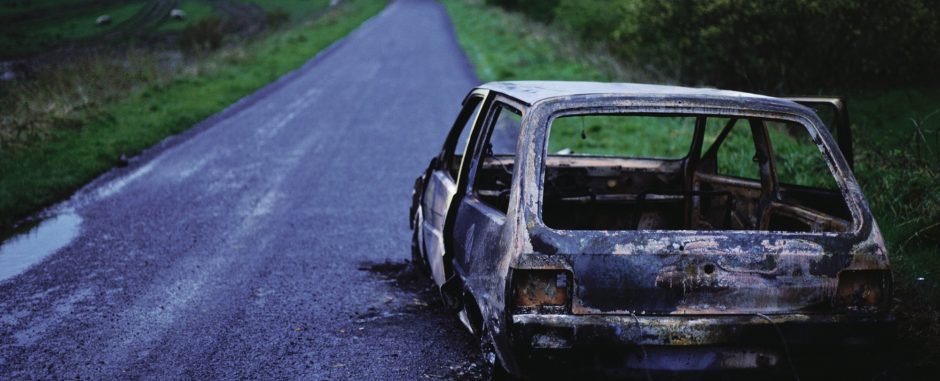Did you know…? Cornerhouse Publications originally started out as a publisher specialising in the work of contemporary British photographers. In 1987, curator Dewi Lewis launched our imprint with the book, A Green and Pleasant Land by British photographer John Davies. Dewi was a founder of the Cornerhouse arts centre in Manchester and (in the 1980s, onwards) he played a significant role in promoting the work of a new generation of British photographic talent, many of whom are now internationally renowned – such as Martin Parr, Tom Wood, and Peter Fraser, to name but a few. Dewi Lewis now runs his own award-winning independent publisher.
Not surprisingly, most of the original Cornerhouse Publications photography books are out of print (by now, they are rare!). However, we do have a few copies left of two classics in particular: The Babies by Sue Packer, and Two Blue Buckets by Peter Fraser.
On the photoworks blog in 2014, photographer Daniel Meadows writes of Packer’s work: “These pictures are the strangest straight-forward portraits you will ever encounter. Packer mines each child’s character for visual clues and then, in a piece of intricate theatre, arranges a performance to photograph.”
Sean O’Hagan writes (April 2017) on The Guardian Art and Design blog: “Fraser’s work sits uncomfortably in the space between art photography, documentary and conceptualism. He does not quite fit in […] oddly scientific, forensic even, his images convey a sense of contemplative self-absorption […] It is this kind of deep looking that makes Peter Fraser’s images so compelling.”
To complement these two old school Cornerhouse books, we also have a few rather nice titles on other British photographers. So, we really should recommend them to you! Brace yourself…
If it’s glamour you’re interested in, then this beautiful postcard set of Madame Yevonde‘s iconic Goddesses series is a real must. Yevonde Cumbers Middleton (1893–1975) was a pioneer of colour portrait photography. Goddesses, her most famous work was inspired by a high society theme party held on 5 March 1935, where guests dressed as Roman and Greek gods and goddesses.
Anna Fox: Photographs 1983-2007 features selections from all of Fox’s major projects, spanning the entirety of her career. Beginning with her earliest projects, Basingstoke, Work Stations and Friendly Fire – each a critical exploration of the social make up and behaviour of Thatcher’s Britain in the 1980s – the book charts her progress through more personal, diaristic bodies of work including Hewitt Road, Coackroach Diary and My Mother’s Cupboards and My Father’s Words. Among her more recent projects, Country Girls and Pictures of Linda chronicle Fox’s relationship with the musicians Alison Goldfrapp and Linda Lunus through a series of intimate, playful and performative portraits, whilst Back to the Village looks to the social fabric and uniquely English customs witnessed by Fox around the her home village of Selborne in Hampshire.
The Philosophy of Strangers is the debut monograph on the exquisite photographs of Franklyn Rodgers. It’s a lovely piece of publishing. Rodgers is well known for his distinctive portraits, which have made a significant contribution to redefining the notion of representation within Britain’s cross-cultural Diaspora. In recent years his work has been hosted in London at the National Portrait Gallery, Tate Britain, and the Festival of Britain, Southbank.
Twice shortlisted for the Turner Prize, Northern Irish photographer-artist Willie Doherty made a brilliant book for his exhibition at City Factory Gallery, Derry in 2013/14. Unseen presents his visceral and eerie images made in response to the social and political stresses within his homeland of Northern Ireland. Doherty writes in his essay, Border: “Ninety years of partition have made too deep a difference to the landscape where Derry meets Donegal, and Fermanagh meets Leitrim and Monaghan, and Armagh meets Louth, to be easily papered over. The dividing line seems, at times, etched into the way things are; the border is, or appears, almost permanent, always palpable. This sense of a place marked by partition is not confined to the rural landscape, although it can be very intense there. It lives also in some towns, and in the city of Derry.”
Image credit: from the book, Willie Doherty: Unseen (2013).


